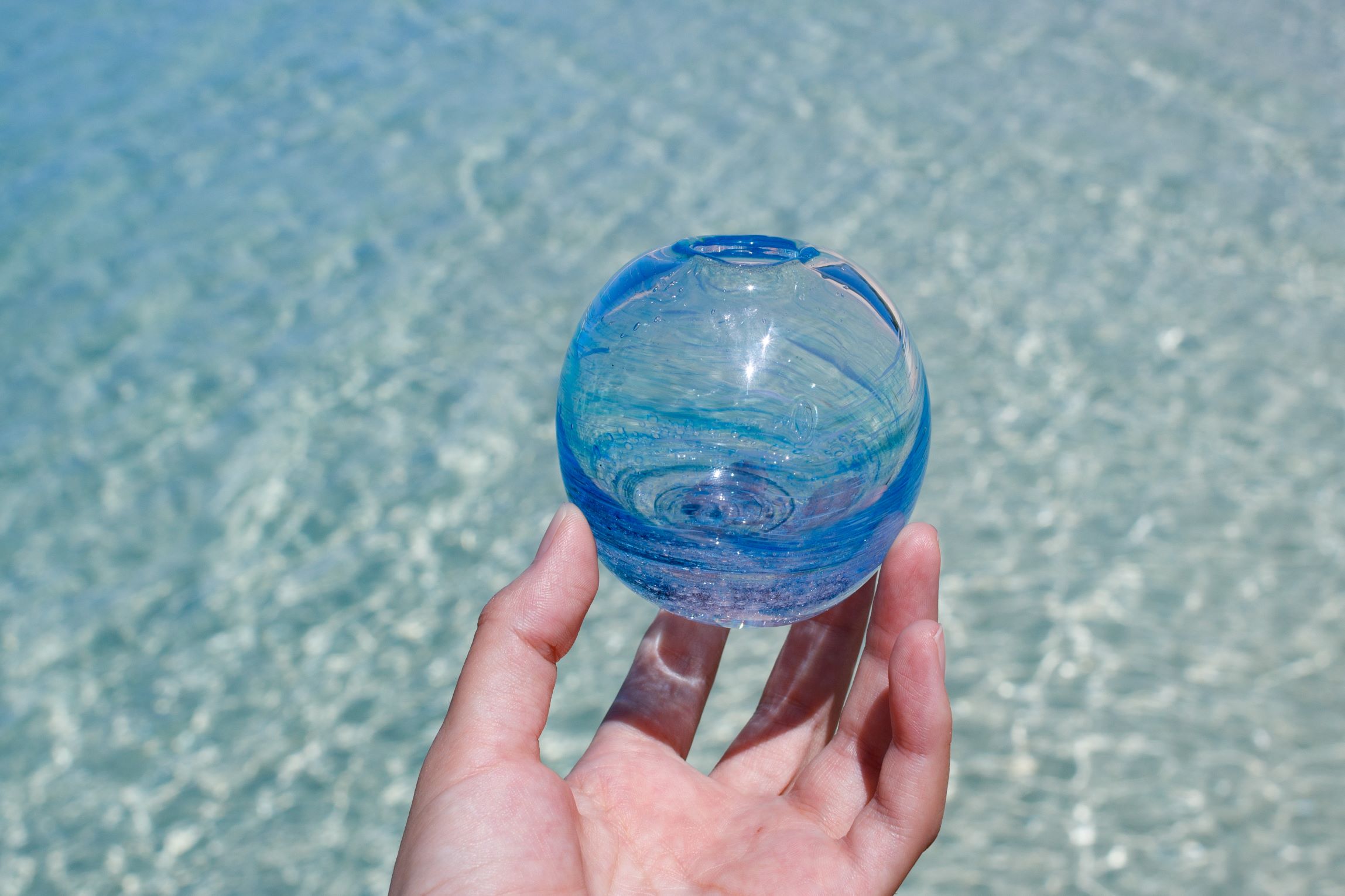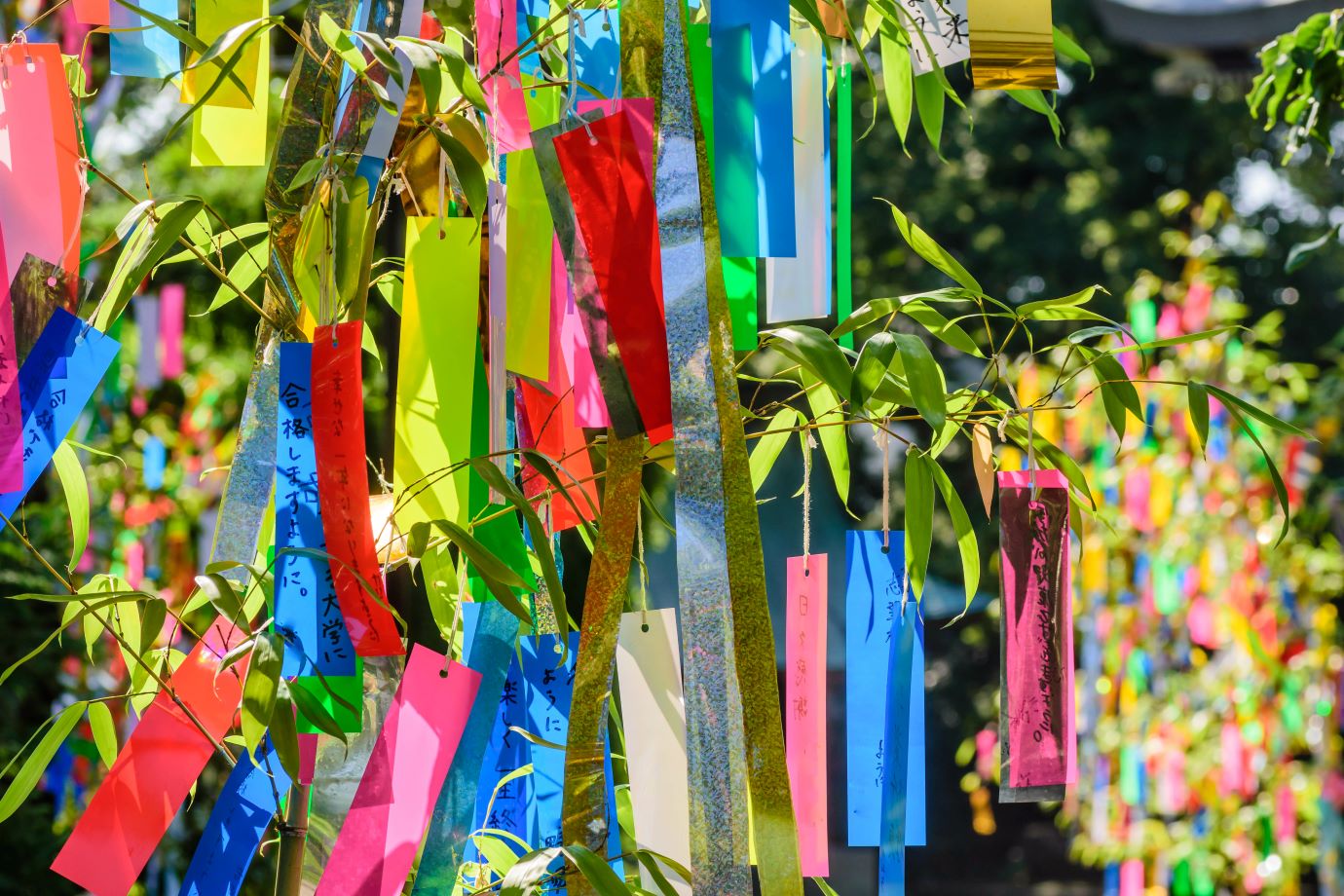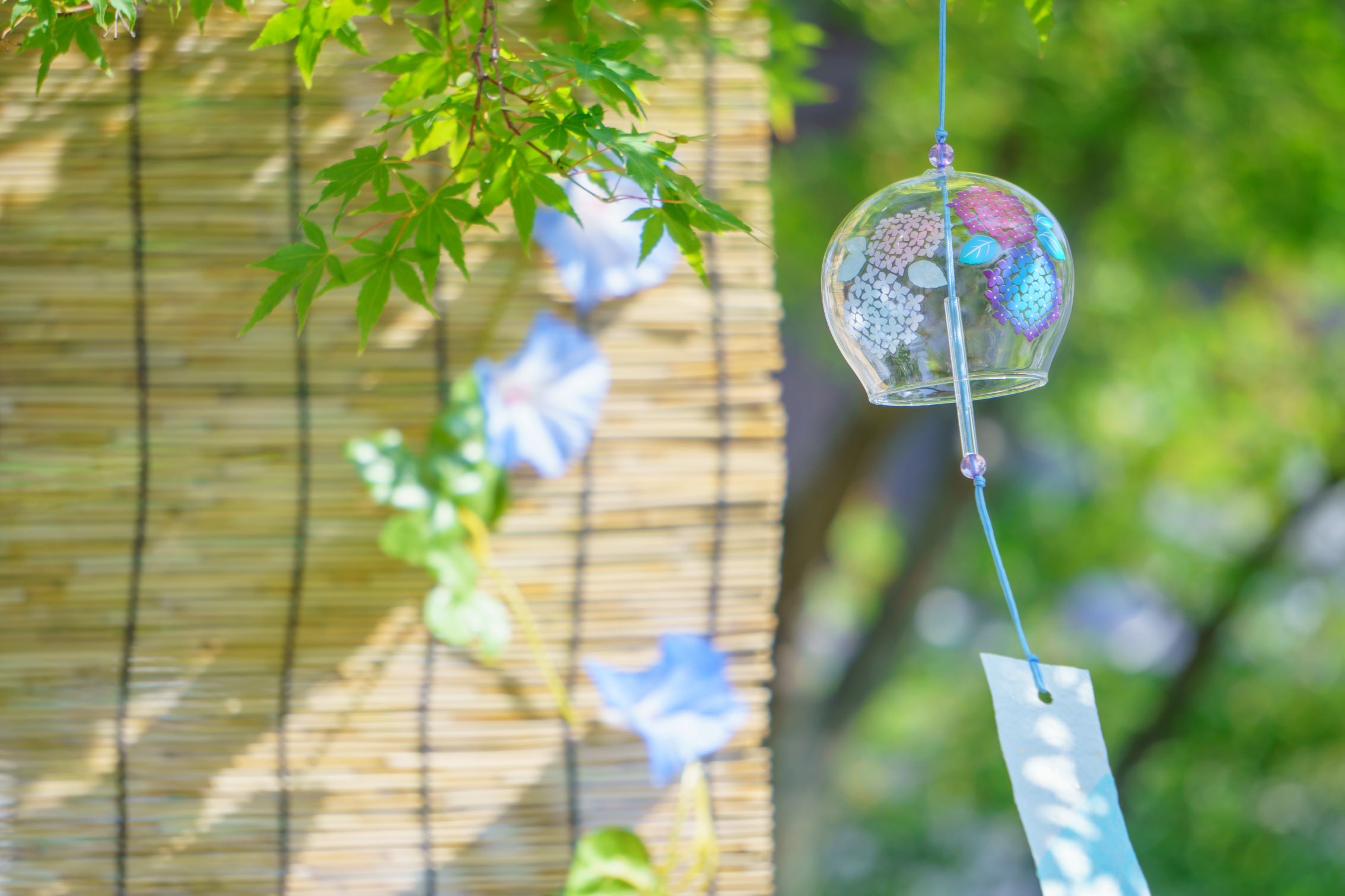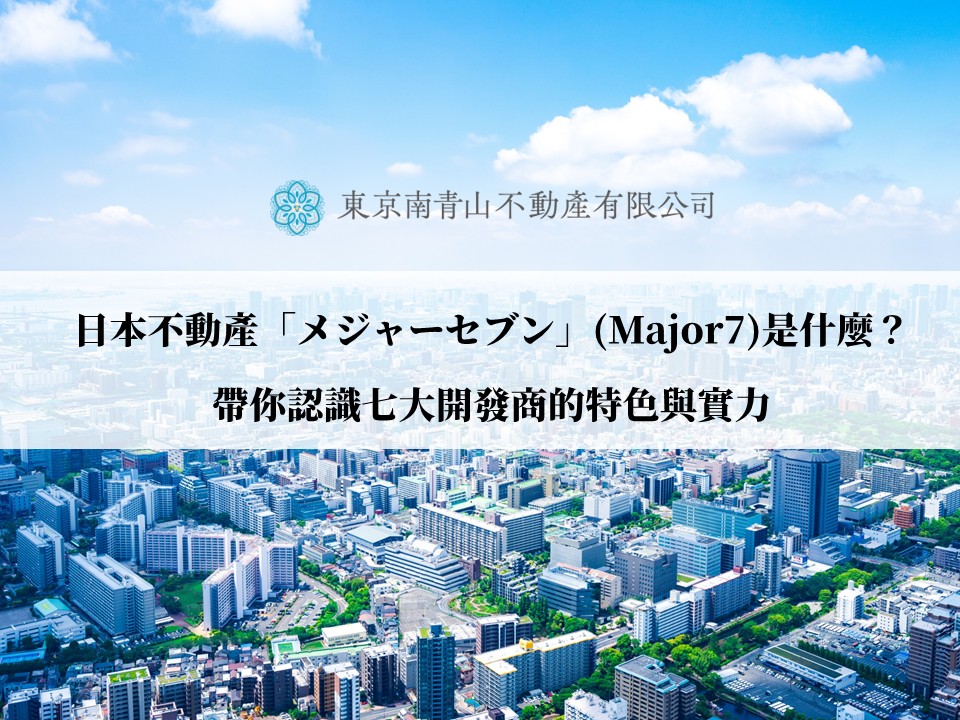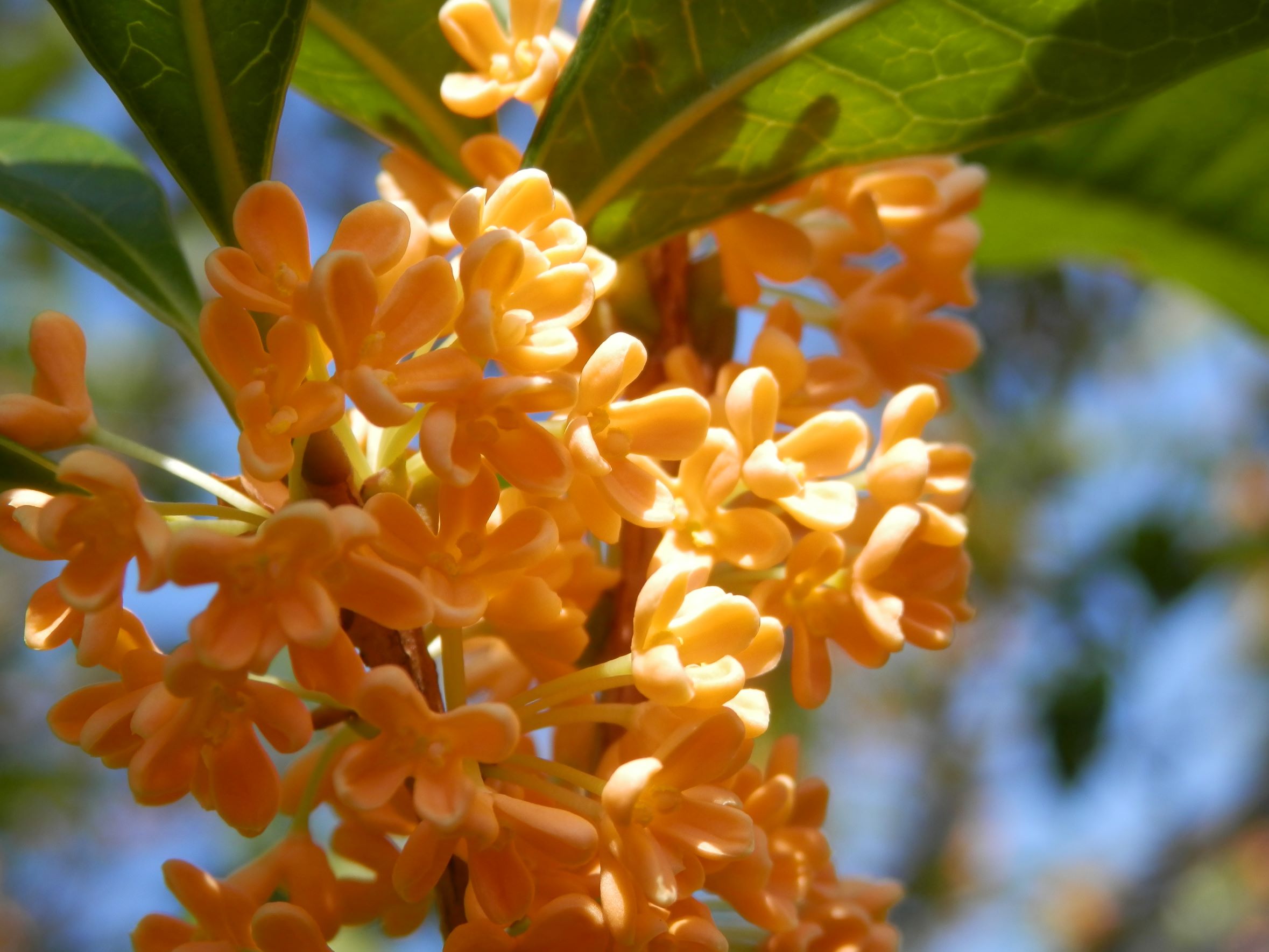If you’ve ever visited Okinawa, chances are you’ve come across Ryukyu Glass, a popular souvenir known for its vibrant colors and unique textures. Behind its development lies a history shaped by wartime turmoil and postwar recovery. In this article, we explore the origins and production methods of Ryukyu Glass.
◇History of Ryukyu glass
Glassmaking in Okinawa is believed to have begun in the mid-Meiji period, introduced by glass artisans from Nagasaki and Osaka. Early products included everyday items such as medicine bottles and fishing floats known as bin-dama. However, during World War II, Okinawa suffered devastating damage, and many glass workshops were destroyed, causing the tradition to temporarily disappear.
After the war, local artisans began receiving orders for daily necessities from U.S. military personnel and their families stationed in Okinawa. Due to a shortage of materials, production could not keep up with demand. At that time, craftsmen turned their attention to discarded Coca-Cola and beer bottles from U.S. bases. They came up with the idea of melting these bottles down to use as raw material for glassmaking. This marked the birth of the recycled glass culture that became the foundation of Ryukyu Glass.
The characteristic blue-green and deep amber hues seen in traditional Ryukyu Glass originate from American-made bottles. Because these recycled bottles often contained impurities such as labels that couldn’t be fully removed, the resulting glass frequently had bubbles, uneven colors, and inconsistent thickness. While such imperfections would normally be considered defects, they were instead embraced for their rustic charm and gradually gained popularity.
During the 1950s and 1960s, demand for Ryukyu Glass as souvenirs and household items surged, and the craft grew into a major industry in Okinawa. Many workshops and artisans established during this period laid the foundation for today’s Ryukyu Glass tradition. In 1998 (Heisei 10), Ryukyu Glass was officially designated as a traditional craft of Okinawa Prefecture.
Ryukyu glass
Ryukyu glass
◇ The Changing Raw Materials of Ryukyu Glass
Over time, discarded bottles have become harder to obtain, yet some artisans still adhere to traditional methods, using recycled bottles as their primary material. Meanwhile, more workshops and artists have begun creating glass using a mixture of silica sand, combined with soda ash and lime. While the six basic colors of Ryukyu Glass are orange, brown, green, light blue, blue, and purple, these new combinations allow for a broader range of expressions. Additionally, some artisans have started using other types of waste glass, such as automobile window glass, as raw materials.
◇ Methods of Ryukyu Glass Production
Ryukyu Glass is primarily crafted using two techniques: free-blowing (chūbuki) and mold-blowing (katabuki).
■ Free-Blowing Method
This technique involves gathering molten glass heated to 1300–1500°C onto a hollow metal pipe called a pontel rod (ponte-sao), then blowing air into it to shape the glass. Interestingly, “ponte” is derived from the Italian word for “bridge.” This well-known glassmaking method typically results in rounded forms.
Since each piece is handmade, the final product varies significantly depending on the artisan’s skill and technique. Even when made in the same way, subtle differences arise, making each item truly one-of-a-kind.
■ Mold-Blowing Method
Similar to the free-blowing method, molten glass is gathered onto a pontel rod and then blown into a mold made of metal or plaster. This technique is ideal for producing large quantities of items with uniform shapes.
【Production Process】
Both free-blowing and mold-blowing methods follow five main steps. Throughout these steps, three types of kilns are used: the melting furnace (crucible) to melt the glass, the forming kiln to reheat and soften the glass during shaping, and the annealing kiln to cool the finished product. Typically, two to three artisans work together to complete a single piece.
1. Mixing Raw Materials
Basic ingredients such as silica sand, soda ash, and lime are mixed with recycled bottles and colorants.
2. Melting the Materials
The mixture is placed into a crucible heated to 1300–1500°C and melted overnight.
3. Shaping the Glass
Using either the free-blowing or mold-blowing method, the glass is shaped and refined with the help of the forming kiln.
4. Annealing
The shaped glass is placed in an annealing kiln at around 600°C and cooled slowly overnight. This gradual cooling prevents damage from rapid temperature changes and strengthens the glass.
5. Finishing and Inspection
After annealing, each piece is inspected for cracks or defects before being shipped or displayed for sale.
Glassblowing in progress
Ryukyu Glass production scene
◇ The “Bubbles” in Ryukyu Glass
One of the defining features of Ryukyu Glass is its bubbles. In modern production, where pure materials are typically used, sodium bicarbonate (baking soda) is added to the molten glass and stirred to create this effect. This process generates countless tiny bubbles that scatter light, giving the glass a soft, milky appearance. Over time in the kiln, the bubbles gradually fade, much like the fizz in a carbonated drink.
Characteristic “Bubbles” of Ryukyu Glass
Characteristic “Bubbles” of Ryukyu Glass
Summary
In recent years, terms like SDGs and sustainability have become widely recognized, drawing attention to products made from recycled materials. However, in Okinawa, the upcycling of discarded bottles has been practiced for over 70 years, dating back to the postwar period.
Each piece of Ryukyu Glass is handcrafted by artisans in local workshops. The thick, rounded texture and the gentle shimmer of light reflected in the glass evoke the calm and peaceful atmosphere of Okinawa.
Today, workshops produce a wide variety of items—from classic drinking glasses and sake cups to bowls and other tableware. We invite you to find your favorite piece and experience the warmth and charm of Ryukyu Glass.


